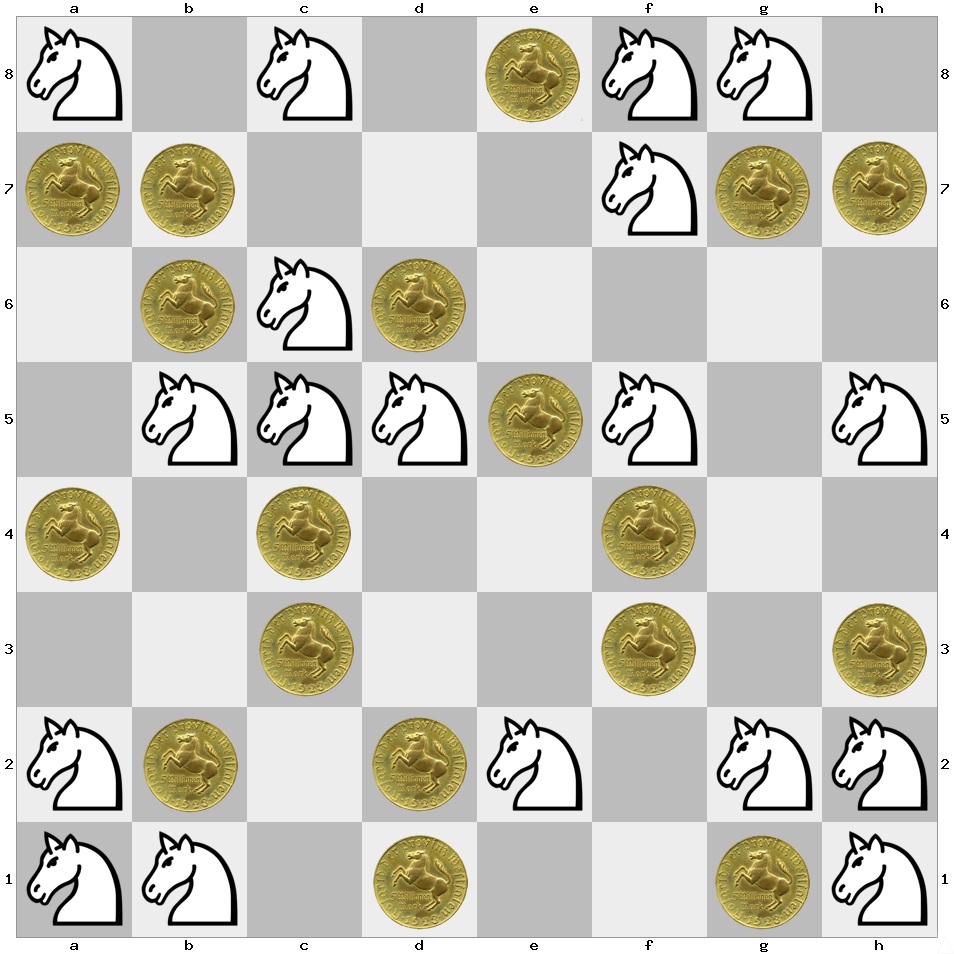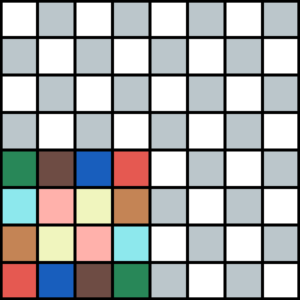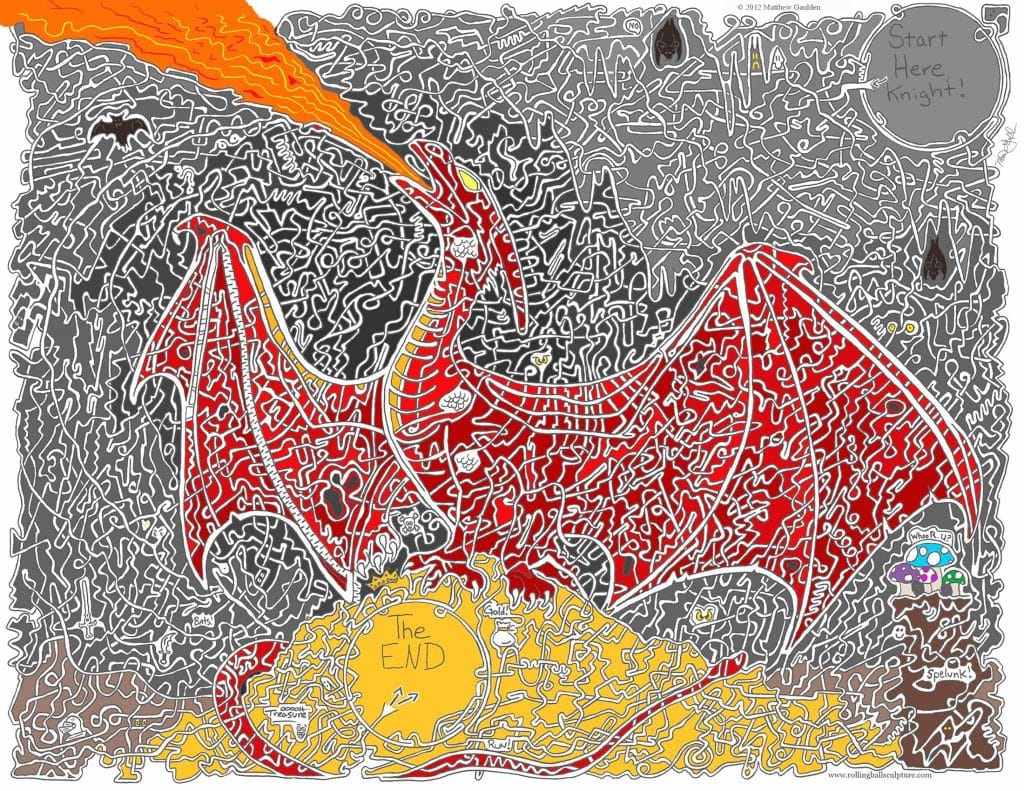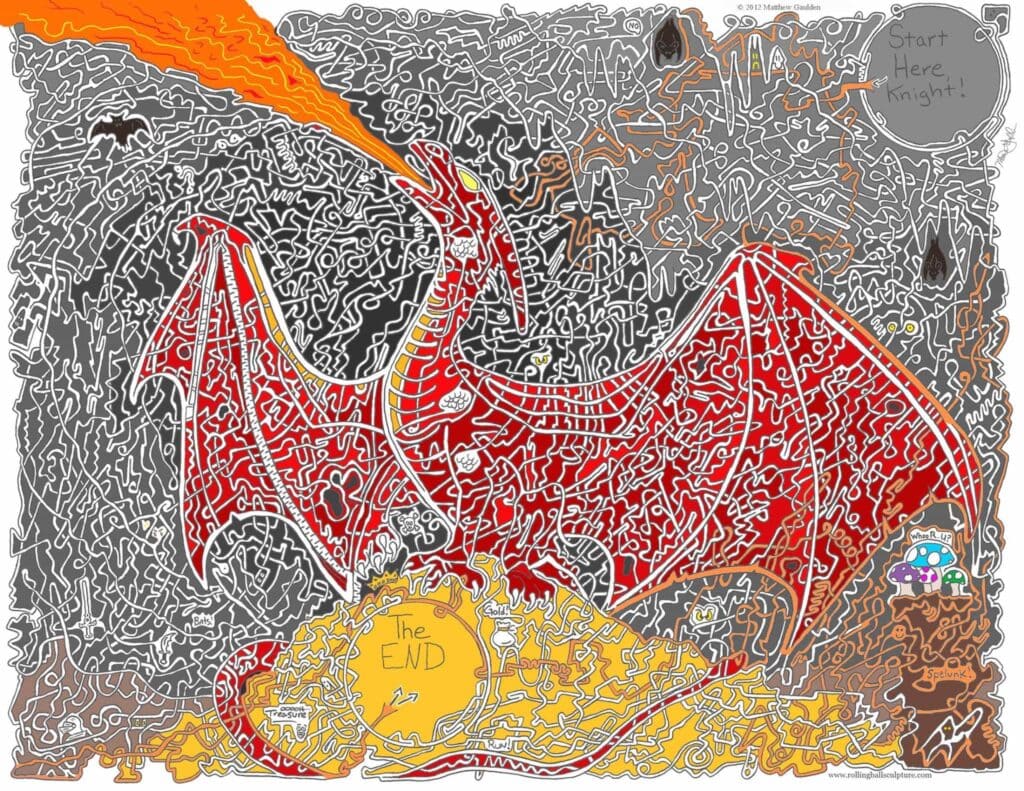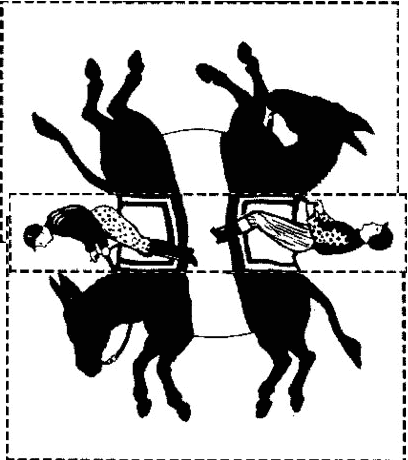Knights and Coins
Bob and Jane are taking turns, placing knights and coins respectively on a chessboard. If Bob is allowed to place a knight only on an empty square which is not attacked by another knight, how many pieces at most can he place before running out of moves? Assume that Jane starts second and plays optimally, trying to prevent Bob from placing knights on the board.
